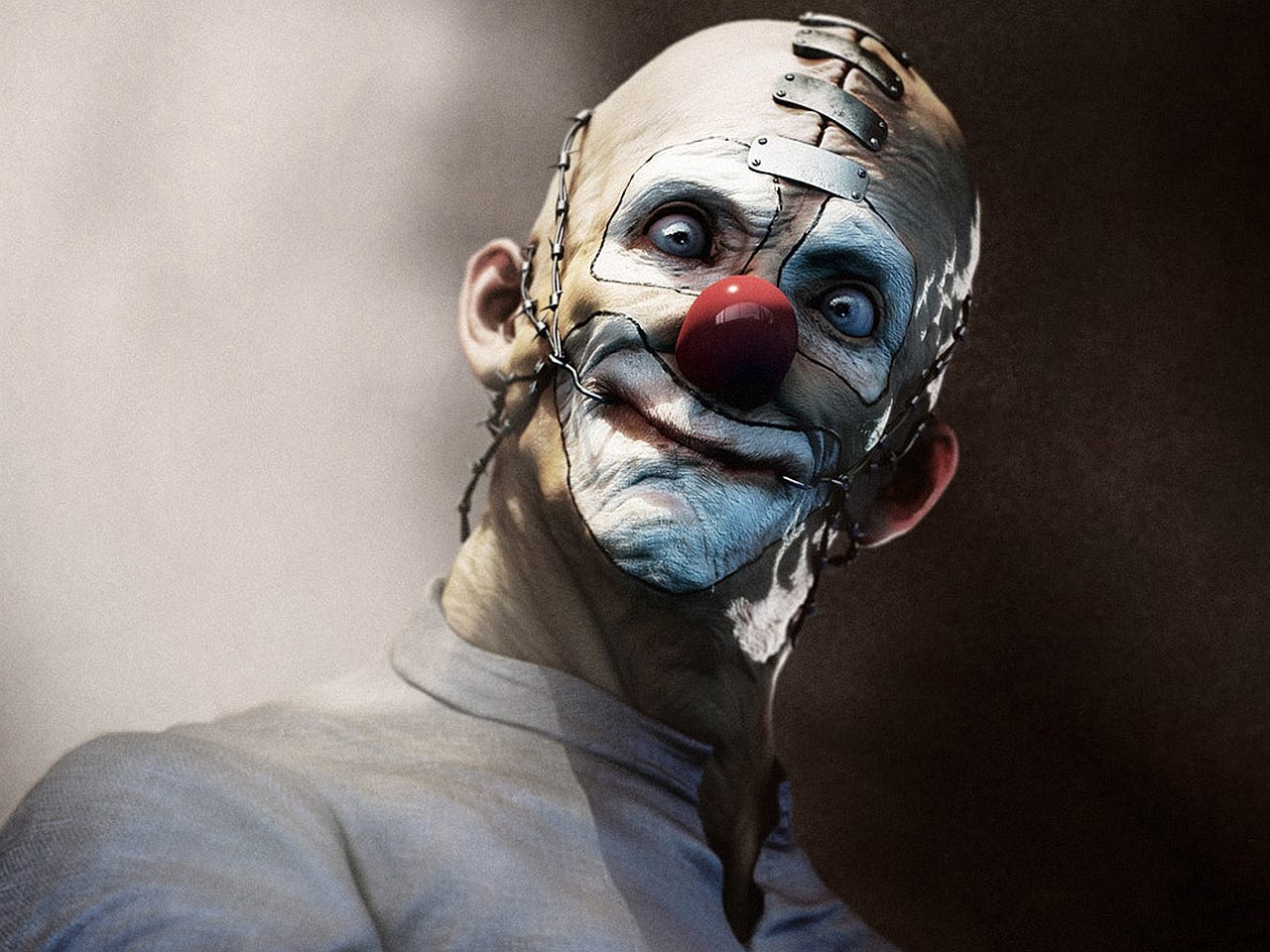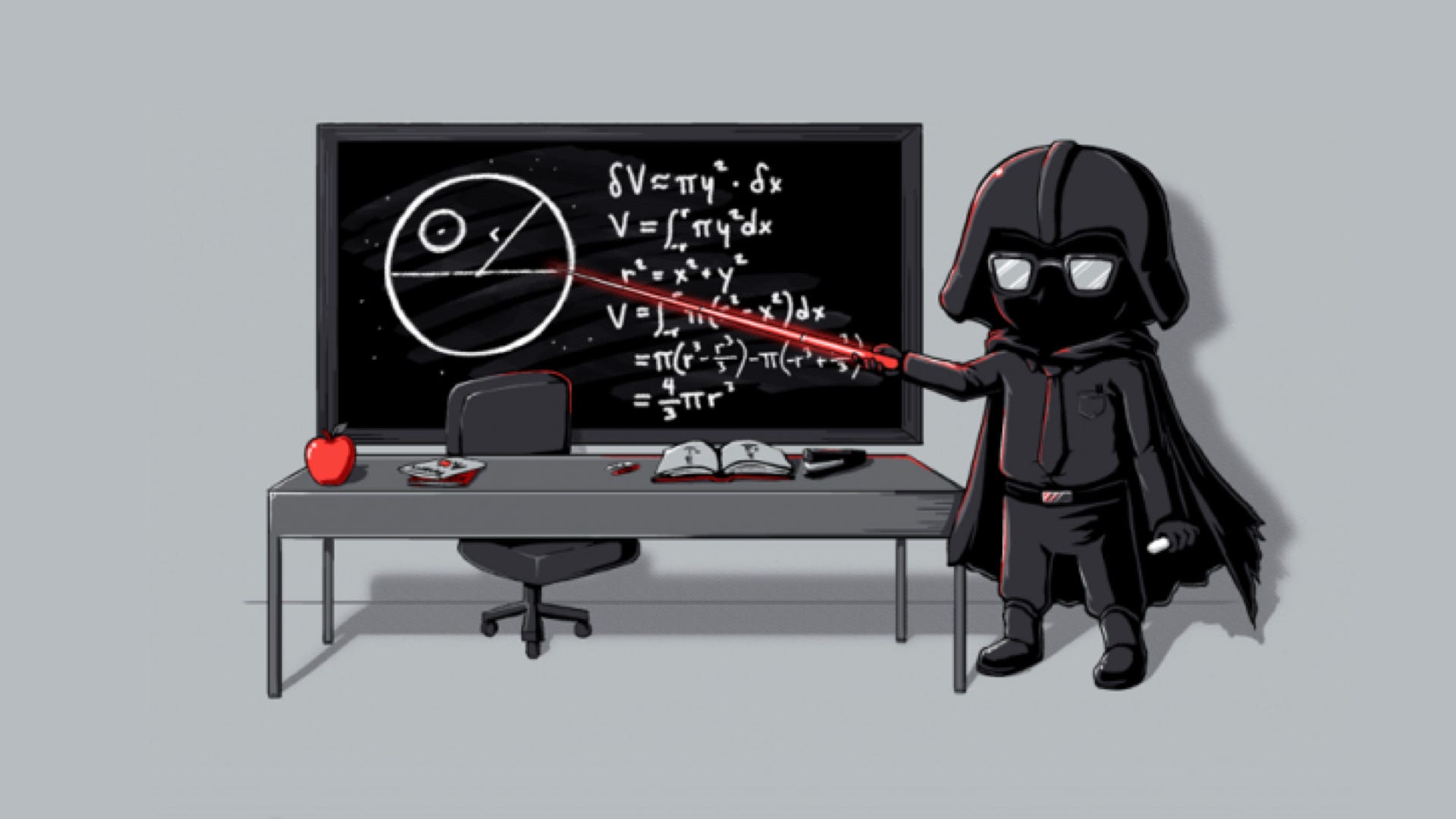
“A man who carries a cat by the tail learns something he can learn no other way” — Mark Twain
I don’t watch much TV, but I am always fascinated by science fiction, especially when a real path exists to reach that “fiction”. A recent movie I enjoyed was “The Machine”, a movie about artificial general intelligence (AGI). This particular AGI was being groomed to become a war machine. The data from which the machine learned was merged with the data from the brain of the machine’s human creator. The creator was afraid of both spiders and clowns and thus the AGI was afraid of spiders and clowns.
In a test to see how the AGI would react to a clown, a researcher put a clown mask on to see if they could frighten the AGI. The AGI was so terrified it killed the (man) clown in an instant. When she was discovered that she had actually killed a man, she was sincerely apologetic. She proclaimed that she did not know that a man and a clown were the same beings. In her data bank (mind), a clown was a thing, an inanimate object, because her programming was sloppy. The “data-in” was flawed.
This highlights the vital importance of programming machines. It also highlights that acting upon theory alone is risky. This is why we need to test a hypothesis, we need to act agile and launch trials before we act in earnest.
When Theory Directs

“Practical men who believe themselves to be quite exempt from any intellectual influence, are usually the slaves of some defunct economist. Madmen in authority, who hear voices in the air, are distilling their frenzy from some academic scribbler of a few years back”― John Maynard Keynes
If we act on theory alone, theory without trial, there will be unexpected consequences. Consider automated vehicles. There have been casualties, there have been deaths because there is always collateral damage when it comes to experimentation, these “failures” must be built into the process, they are part of progress. We all stumble and fall before we walk. When we act before testing, we can be lighting the fuse on unmitigated disasters.
In the sciences, there is a scientific method and experiments. In economics, there have been many assertions made on theory alone. This is often the case with new business models and innovations also. I used to think that regulation in a negative light, until I learned more about the importance of regulation when it comes to artificial intelligence, now I see it even more important when I learned how failures in regulation have led to financial meltdowns and the huge concentration of industries that we are seeing today.
Consider what has happened in corporate America when theory directed policy. Our guests on this week’s Innovation Show Jonathan Tepper covers this brilliantly in his book “The Myth of Capitalism: Monopolies and the Death of Competition.”
Jonathan tells us, “like all revolutions, an organised group of ideologues developed the ideas and spread them zealously.” The state of corporate centralisation we find ourselves in today can be tracked by to the economists of the Chicago School, who attacked antitrust laws. These laws influenced economists and lawyers and when President Ronald Reagan came into office, he appointed men to the department of justice to enact the theories of the Chicago School. Since then, except for the stock market slowdown or the 2007–2008 financial meltdown, there has been a tsunami of mergers. This is the case to such an extent that in 2014 there were cases of Section 2 of The Sherman Anti-Trust Act (The first Federal act that outlawed monopolistic business practices passed in 1890.)
“With the stroke of a pen and economic fairy tales, they dismissed decades of experience and practical judgement.” — Jonathan Tepper (on The Chicago School theories influencing policy.)
Tepper tells us, “Since Reagan, every president has been more lax than his predecessor, and the Department of Justice now essentially works to serve the interests of companies.”
While regulation means more red tape and a seeming barrier for innovation it can also empower innovation. We are witnessing (have enabled) a perfect storm powered by lobbying, regulation and profits. While regulation and governmental interference is a barrier, it is a necessary barrier to ensure the innovation that undermines centralised corporate power is allowed to happen in the first place. Innovation will be stillborn, adopted or aborted by corporate giants unless the regulation function is allowed to do its job.
For more on this have a listen to this week’s Innovation Show with Jonathan Tepper who discusses his excellent book “The Myth of Capitalism: Monopolies and the Death of Competition.” Jonathan suggests the solution is vigorous anti-trust enforcement to return America to a period where competition created higher economic growth, more jobs, higher wages and a level playing field for all.
“By three methods we may learn wisdom: First, by reflection, which is noblest; Second, by imitation, which is easiest; and third by experience, which is the bitterest.” — Confucius
This episode tracks industrial concentration, which matters to everyone. It tackles the big questions of: why is the US becoming a more unequal society, why is economic growth anaemic despite trillions of dollars of federal debt and money printing, why the number of start-ups has declined, and why are workers losing out.
We talk:
- Monopolies
- Duopolies
- Oligopolies
- Competition
- Monopsonies
- Capitalism
- Antitrust
- Regulation
- The worker being squeezes
- The concentration of power
- The Rural v Urban Divide
- The Robber Barons
- The Origin of the Problem
- How concentration kills innovations
- IPOS
- Mergers and Acquisitions
- Some possible solutions
Have a listen:
Soundcloud https://lnkd.in/gBbTTuF
Spotify http://spoti.fi/2rXnAF4
iTunes https://apple.co/2gFvFbO
Tunein http://bit.ly/2rRwDad
iHeart http://bit.ly/2E4fhfl
More about Jonathan here: https://lnkd.in/d2MyuRZ